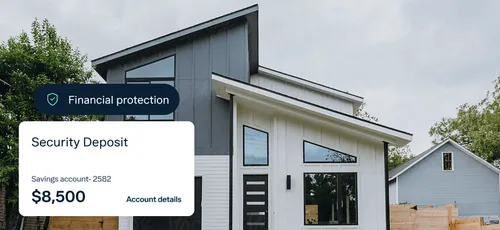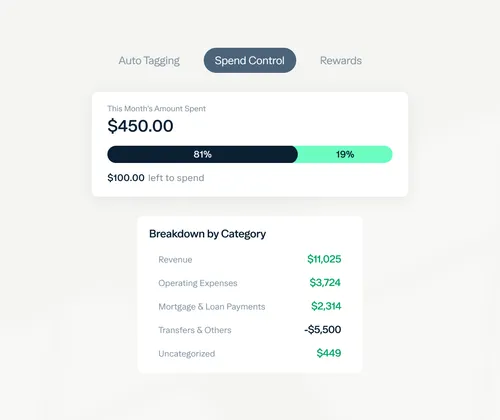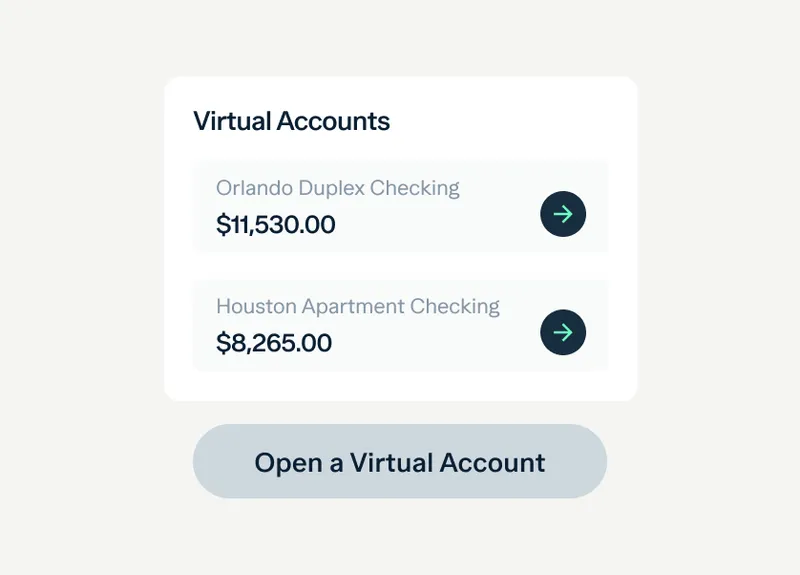In Montana, No legal limit applies.
Security deposit rules in {{ state }}
Limit: In Montana, there is no statutory limit on how much a landlord may charge for a tenant security deposit. Most landlords typically collect an amount equal to one month’s rent, though the tenant deposit may vary depending on factors such as credit history, rental record, or the presence of pets. The amount must be clearly stated in the lease agreement, and it is considered best practice to manage these funds through a dedicated security deposit bank account in Montana for transparency and proper record-keeping.
Return Deadline: The landlord must return the tenant security deposit within 10 days after the tenant moves out if no deductions are made. If deductions are necessary, the landlord has up to 30 days to return the remaining balance along with an itemized statement of all charges. Failure to return the tenant deposit or provide a proper itemized list within this period may make the landlord liable for damages up to twice the amount wrongfully withheld.
Acceptable Deductions: The tenant security deposit may be used to cover unpaid rent, late fees, cleaning expenses, damages beyond normal wear and tear, and costs related to restoring the rental to its original condition. The landlord must provide a detailed, written statement listing each deduction along with receipts or written estimates to justify the charges.
Where to Deposit: Montana law does not require landlords to hold tenant deposits in a separate or interest-bearing account. However, landlords must maintain accurate records of each tenant deposit and are encouraged to use a security deposit escrow account in Montana or a landlord tenant security deposit bank account in Montana to ensure proper handling of funds. While there is no mandated security deposit interest rate, keeping deposits in a dedicated, auditable account demonstrates good faith and ensures compliance with Montana’s rental laws.











